Retail bankruptcies in the U.S.
More than three dozen retailers, including the nation’s oldest department store chain, filed for bankruptcy this year, marking an 11-year high. L’Occitane has filed for bankruptcy January 26, 2021.
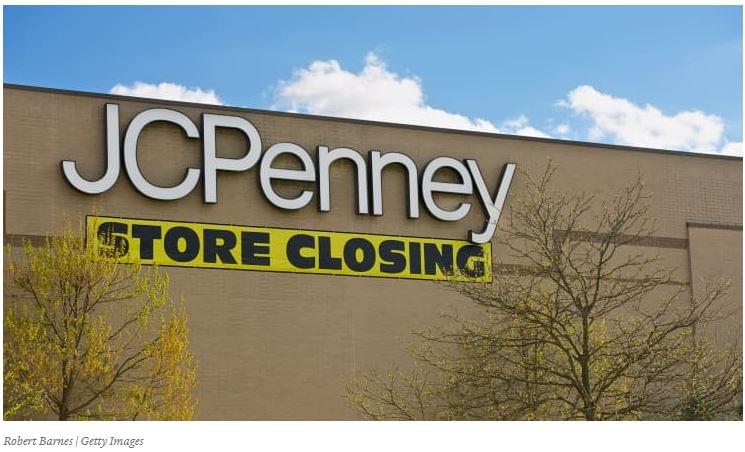
In 2020 big names like Sears, Gap, Victoria Secret, Macy’s, Toys R Us and J. C. Penney ran into liquidity shortages or faced eviction over unpaid rent.
The L’Occitane story
The company, whose parent was founded in 1976 in Manosque, France is present in 90 countries through L’Occitane Group. The L’OCCITANE Group is a natural and organic ingredient-based cosmetics and well-being products retailer. They operate 3486 retail locations and 1608 branded stores directly by the Group.
By 2020, the Group reported an increase of 12.8%. Nonetheless, like many retailers since the pandemic began, the U.S. arm of L’Occitane found itself with declining brick-and-mortar sales and expensive leases on the one hand, and rapidly growing online sales on the other.
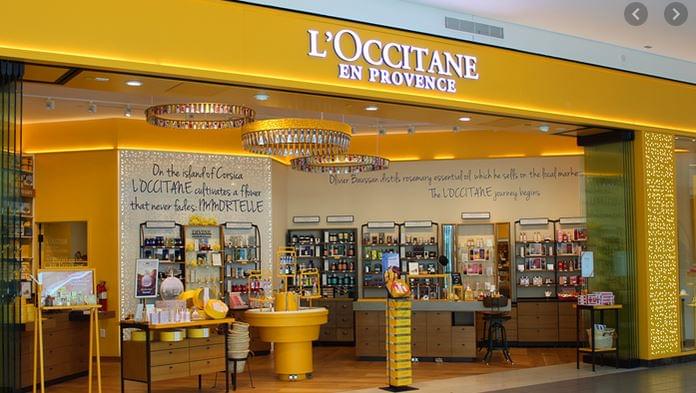
The managing director for the beauty brand’s North American region said that its lease obligations amount to $30.3 million annually across its 166-store footprint. With brick-and-mortar sales falling 56.5% year over year in the months between April and December, the burden of those costs ballooned very suddenly. The company filed for Chapter 11 with immediate plans to close 23 stores and restructure around a smaller footprint and its digital business.
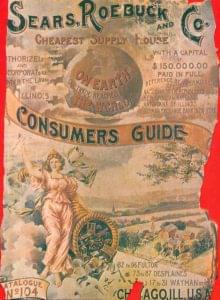
The rise and fall of Sears
In the mid-1880s, Richard Sears was in his twenties and worked as a station agent for the Minneapolis and St. Louis Railway in North Redwood, Minnesota. He would sell lumber and coal on the side, giving him experience that came in handy when, in 1886, a local jeweler rejected a shipment of gold-filled watches from Chicago. Sears bought them himself, sold them at a profit, and ordered more. He founded the R.W. Sears Watch Company in Minneapolis, then moved to Chicago in 1887. He launched a catalog of watches and jewelry the following yearand found a company with 2 partners. By that time, the mail-order operation branched out from watches. Sears’ iconic catalog ballooned to 532 pages.
The company sold stock in 1906 in the first initial public offering and opened a 40-acre logistics center in Chicago that very same year. Henry Ford eventually made a pilgrimage to this “‘seventh wonder’ of the business world” to learn about the company’s storied efficiency.
Ford would throw a wrench in Sears’ business model, as cars made chain stores more appealing and mail-order catalogs less crucial for rural customers. Sears adapted, opening retail stores in the 1920s that outsold the catalog by 1931. The company began to introduce its own brands in the 1920s.
In 1969, Sears, the largest retailer in the world, began construction on the world’s tallest skyscraper. The Sears’ Tower’s completion four years later may not mark the company’s peak, but its retail dominance began to fade around that time.
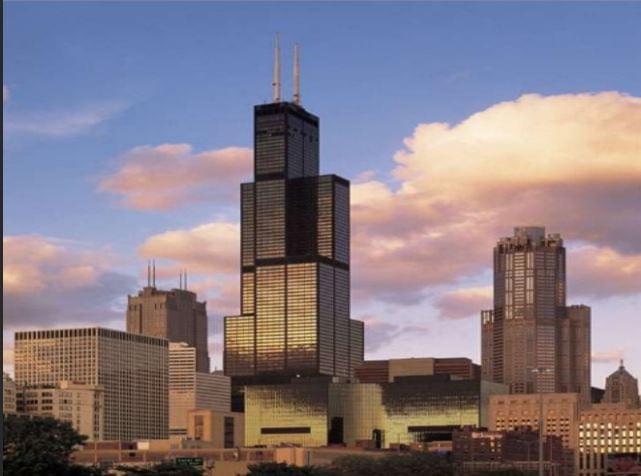
In 1984, together with IBM and (for a time) CBS, the company created what would become Prodigy, a pre-web online portal. Built on a private network, it was distinct from the Internet but presaged it in many ways, offering email, games, news, weather, sports, and shopping. He sold this, and several of his non-core businesses, in 1996. Sears discontinued its famous catalog in 1993.
They issued a credit card in 1999, but found it too risky and sold this division to Citigroup in 2003. In 2000, they decided to simplify their business and return to their roots. Meanwhile, in the 1990s, Walmart took over the retail leadership and Amazon also began operations.
Kmart announced it would buy Sears in Nov. 2004. The combined companies—to be headquartered in Chicago and called Sears Holdings—would operate around 3,500 locations. The deal’s mastermind was Kmart chairman Edward Lampert.
After initial successes and a few peak years, the company drifted into continuous loss. Meanwhile, Amazon has also strengthened, so it has already had to face 2 giant competitors. Bankruptcy was reported on October 5, 2018 and has been undergoing reorganization and downsizing ever since. At that time, the chain still had 700 U.S. stores, which by April 2019 had shrunk to 425. They entered 2021 with less than 100 stores and half of them are expected to close this year, according to CNN. Analysts clearly see a series of erroneous decisions by owner-manager Edward Lampert behind the events.
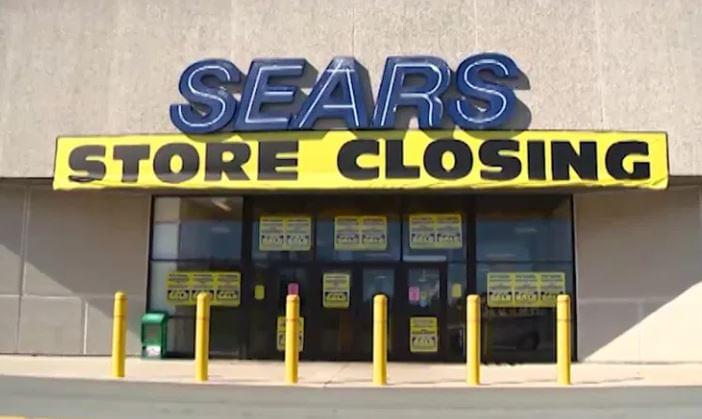
Related news
Mondelez to close biscuit factory in France
Mondelez said 61 positions will be eliminated by mid-2026 at…
Read more >FreshDirect restructures corporate division, cuts jobs
The layoffs come two months after Ahold Delhaize USA announced…
Read more >Whole Foods restructuring cuts hundreds of jobs
Whole Foods Market is reducing its operating regions from 9…
Read more >Related news
A unique application based on objective indicators is launched: the HBLF Diverse and Fair Workplace recognition application period has opened
The recognition of the Diverse and Fair Workplace can be…
Read more >About two million tons of food waste is produced in Hungary every year
The former president of the republic, János Áder, chairman of…
Read more >“To the bin with food waste” – the Nébih No Leftovers program announces a poster design competition
On the occasion of the Sustainability Theme Week, the program…
Read more >







